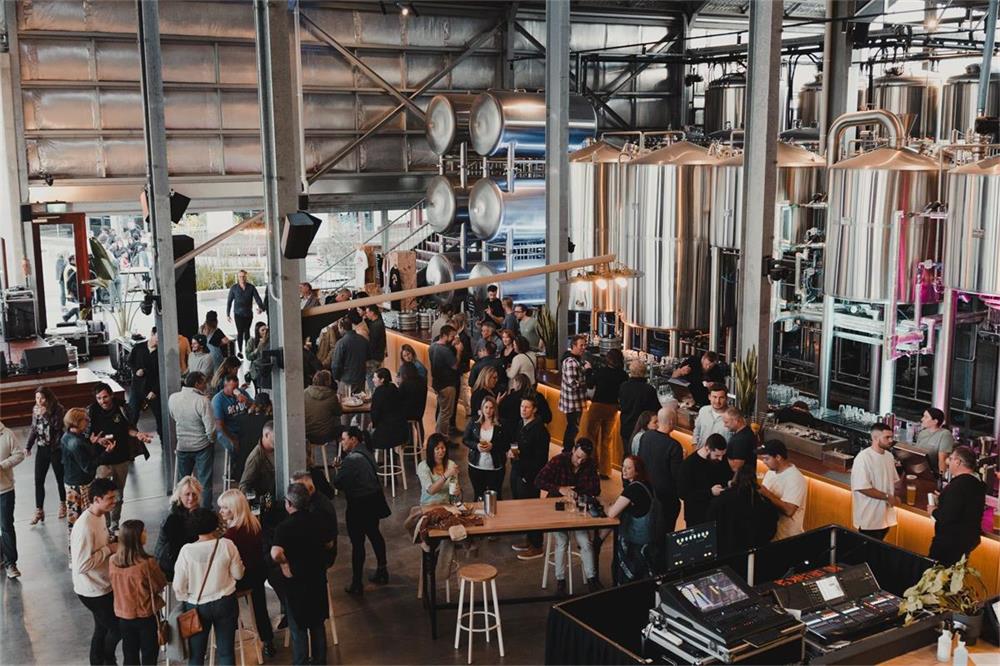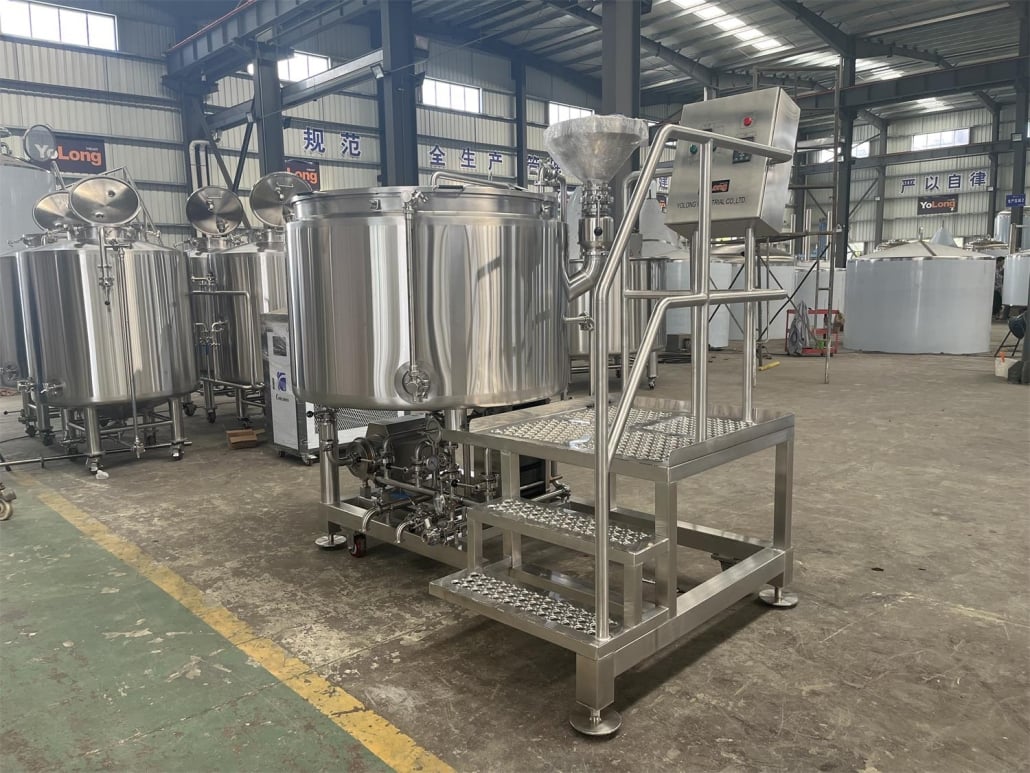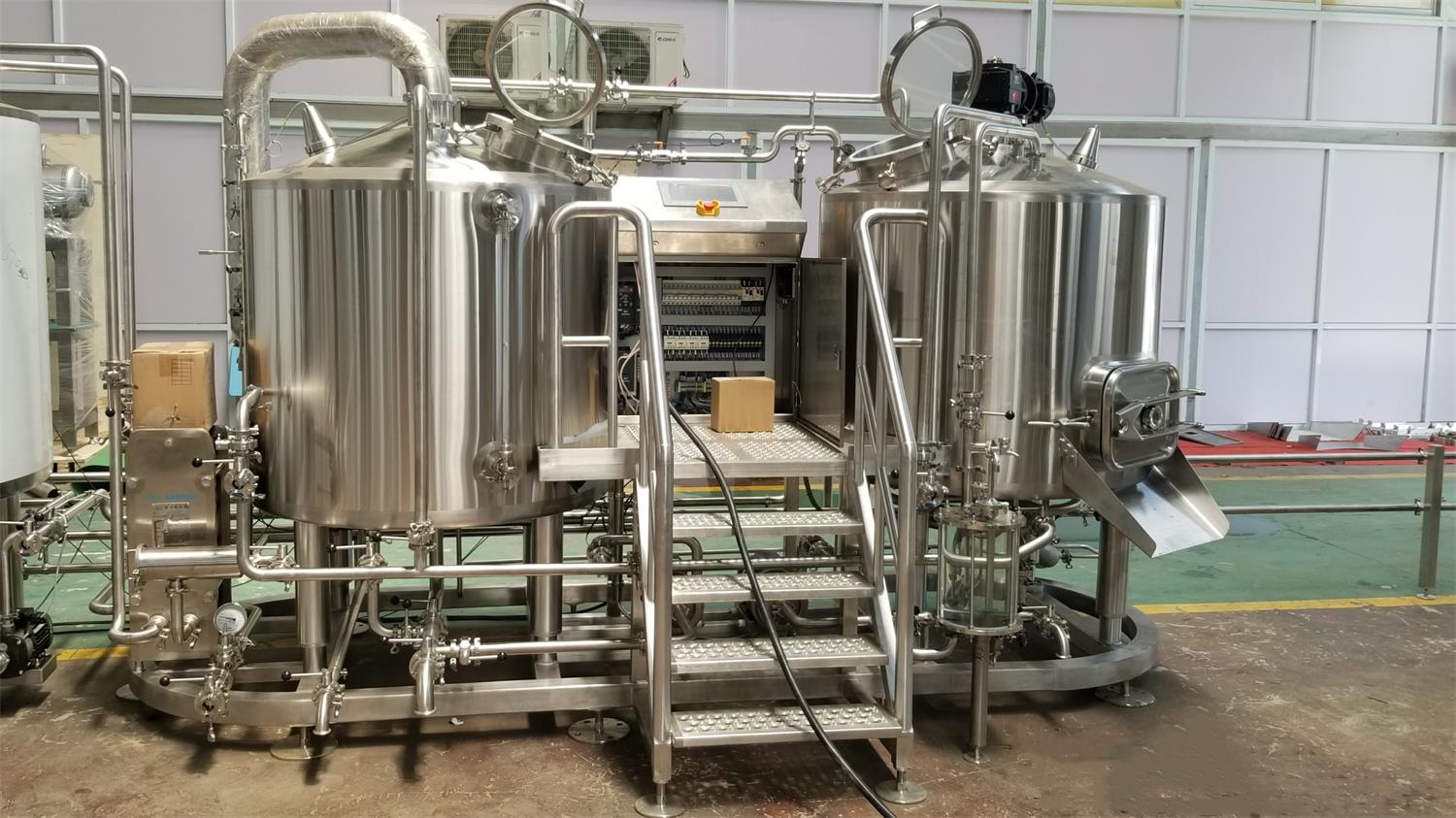Commercial Beer Equipment for Sale
Commercial beer brewing is more than just a craft; it’s an art form combined with precise science. Whether you’re a start-up brewery or an established name looking to scale up, selecting the right beer equipment is crucial for efficiency, consistency, and ultimately, the taste of your product. The market for commercial beer equipment is vast, with a myriad of options varying in price, capacity, customization, and more. This guide aims to provide a detailed walkthrough, from understanding the types of equipment available to choosing the right supplier, installation, and maintenance tips, all tailored to ensure you make an informed decision.
Understanding Commercial Beer Equipment
Types of Commercial Beer Equipment
When diving into commercial beer production, the range of equipment needed can be overwhelming. Each piece serves a distinct purpose, ensuring the brewing process flows seamlessly from start to finish. The key equipment types include:
Brewhouse Equipment
The brewhouse is the heart of any brewery. It consists of several components that work together to convert raw materials into wort, the base of all beers.
- Mash Tun: This is where the mashing process occurs, converting starches into fermentable sugars.
- Lauter Tun: Separates the wort from the solid grain husks.
- Brew Kettle: Boils the wort with hops for flavor, aroma, and stability.
- Whirlpool Tank: Separates hop particles and other solids from the wort after boiling.
Fermentation Tanks
After brewing, the wort is transferred to fermentation tanks, where yeast is added, and the magic of fermentation begins.
- Primary Fermentation Tanks: Where the initial fermentation occurs, converting sugars into alcohol.
- Secondary Fermentation Tanks: Optional, but used to refine the beer, adding clarity and conditioning.
Conditioning Tanks
These tanks are used to mature the beer, allowing flavors to develop fully.
- Bright Beer Tanks: Used post-fermentation for carbonation and to ensure the beer is ready for packaging.
Packaging Equipment
Once the beer is brewed, fermented, and conditioned, it’s time to package it for sale.
- Bottling Lines: Automated systems that fill, cap, and label bottles.
- Canning Lines: Similar to bottling lines but designed for cans.
- Kegging Equipment: For breweries that supply draft beer to bars and restaurants.

Brewing Process and Equipment Roles
The brewing process is complex and requires each piece of equipment to perform its role with precision. Let’s break it down:
Mashing and Lautering
- Mashing: The process begins in the mash tun, where milled grains are mixed with hot water, activating enzymes that convert starches into fermentable sugars. This step is critical for defining the beer’s flavor profile.
- Lautering: The mash is transferred to the lauter tun, where the liquid wort is separated from the grain husks. This wort is then collected and moved to the brew kettle.
Boiling and Whirlpooling
- Boiling: The wort is boiled in the brew kettle, during which hops are added. This not only imparts bitterness but also stabilizes the beer by killing any unwanted bacteria or wild yeast.
- Whirlpooling: Post-boiling, the wort is sent to the whirlpool tank. Here, centrifugal forces help settle out solid particles, leaving a clear wort ready for fermentation.
Fermentation
- Primary Fermentation: The clear wort is transferred into fermentation tanks where yeast is pitched. Over the course of days to weeks, yeast converts sugars into alcohol and CO2, creating beer.
- Secondary Fermentation: Some breweries opt for a secondary fermentation phase, which can enhance flavors and carbonation.
Conditioning and Packaging
- Conditioning: In conditioning tanks, the beer matures, gaining stability and refining its taste. Some carbonation may also be added during this stage.
- Packaging: The final step is packaging. Depending on the market, the beer might be bottled, canned, or kegged.
Choosing the Right Commercial Beer Equipment
Selecting the right equipment involves considering factors like brewery size, production capacity, and budget. Here’s a breakdown:
| Equipment Type | Capacity Range | Space Requirements | Design & Layout | Customization Options |
|---|---|---|---|---|
| Mash Tun | 5-50 BBL | Requires significant floor space | Compact designs available | Customizable in size, material, and heating method |
| Fermentation Tanks | 10-200 BBL | Vertical space consideration | Stackable designs available | Custom fittings and insulation options |
| Brew Kettle | 5-50 BBL | Moderate space needs | Tilt or direct fire options | Multiple heating sources available |
| Bright Tanks | 10-200 BBL | Space similar to fermentation tanks | Vertical or horizontal | Additional cooling jackets can be added |
| Packaging Lines | Varies widely | Significant space for bottling/canning | Modular designs possible | Integrated labeling and quality control systems |
Suppliers and Price Range
When purchasing commercial beer equipment, the supplier you choose can make a significant difference in the quality and longevity of your brewery operations. Here’s a general guide:
| Supplier | Equipment Offered | Price Range (USD) | Reputation | Customer Service |
|---|---|---|---|---|
| Alpha Brewing Operations | Full brewing systems | $50,000 – $500,000 | High | Excellent |
| Ss Brewtech | Fermentation tanks, brewhouse equipment | $20,000 – $300,000 | Medium | Good |
| BrewBilt | Custom brewhouse solutions | $100,000 – $1,000,000 | High | Very Good |
| JVNW Inc. | Stainless steel brewing systems | $50,000 – $750,000 | High | Excellent |
| Portland Kettle Works | Microbrewery and nanobrewery systems | $30,000 – $400,000 | Medium | Good |
Installation, Operation, and Maintenance
Installing and maintaining your brewing equipment is critical for long-term success. Here’s what you need to know:
| Aspect | Details |
|---|---|
| Installation | Requires professional service; includes setup, calibration, and testing. Ensure your space is prepped for equipment delivery and installation. |
| Operation | Training is essential for smooth operation. Most suppliers offer operational guides or training sessions. Key aspects include temperature control, sanitation, and monitoring fermentation. |
| Maintenance | Regular cleaning is a must to prevent contamination. Scheduled servicing, especially for moving parts like pumps and bottling lines, can prolong the equipment’s life. Ensure availability of spare parts from suppliers. |
How to Choose the Right Supplier
Selecting a supplier for your commercial beer equipment is just as important as choosing the equipment itself. Here’s a detailed guide:
| Criteria | What to Consider |
|---|---|
| Reputation | Look for reviews, testimonials, and case studies. A supplier with a solid track record is likely to provide reliable service. |
| Quality of Equipment | Ensure the equipment meets industry standards. Check for certifications and the quality of materials used, especially stainless steel. |
| Customization Options | The ability to customize equipment to your brewery’s specific needs can be a significant advantage. |
| Customer Support | Post-purchase support, including installation and maintenance services, should be readily available. |
| Price vs. Value | Consider the overall value—cheaper isn’t always better if it compromises on quality or service. |
Comparing Pros and Cons of Commercial Beer Equipment
Each type of beer equipment has its strengths and weaknesses. Below is a comparison to help guide your decisions:
| Equipment | Advantages | Disadvantages |
|---|---|---|
| Mash Tun | Versatile, efficient starch conversion | Large space requirement, higher energy consumption |
| Brew Kettle | Critical for flavor development, multiple heating options | Expensive, requires precise temperature control |
| Fermentation Tanks | Essential for alcohol production, can be stacked to save space | High initial cost, requires diligent cleaning |
| Bright Tanks | Necessary for conditioning, flexible design options | Space-consuming, requires careful pressure management |
| Packaging Lines | Automated, high-speed production | High cost, complex maintenance |

FAQs
What is the cost of setting up a commercial brewery?
Setting up a commercial brewery can range from $100,000 to several million dollars, depending on the scale, equipment, and customization required. The costs include equipment, installation, and initial operation expenses.
How do I choose the right size for my brewing equipment?
The right size depends on your production goals. A microbrewery might need equipment that handles 5-10 BBL, while larger operations could require systems with capacities up to 100 BBL or more.
Can I expand my brewing system later?
Yes, many brewing systems are modular, allowing for expansion as your business grows. It’s advisable to start with a system that has upgrade paths.
How often should brewing equipment be serviced?
Regular maintenance,including cleaning after each batch and servicing moving parts every few months, is crucial. Annual professional inspections are also recommended.
Is it better to buy new or used brewing equipment?
Buying new equipment ensures you get the latest technology and warranties, but it’s more expensive. Used equipment is cheaper but comes with risks like wear and limited lifespan.
Share this entry
Interested in learning more about Brewing Systems including additional details and pricing information? Please use the form below to contact us!
YOLONG BREWERY EQUIPMENT FAQS
- Commercial Brewery / Craft Brewery / Microbrewery / Nanobrewery
- What is The Difference Between Craft Beer and Industrial Beer?
- The Bespoke Differences In Custom Brewing Systems
- Everything You Need to Know About Kettle Souring
- How to Choose Brewing Equipment for Your business?
- How To Choose The-Best Partner To Build Your Commercial Microbrewing System?
- Two Detection Sensors That You Need To Use In Your Brewhouse System
- Remote Control Applications in Brewing Equipment/How does it work?
- How To Clean Your Brand New Brewery Tanks?

